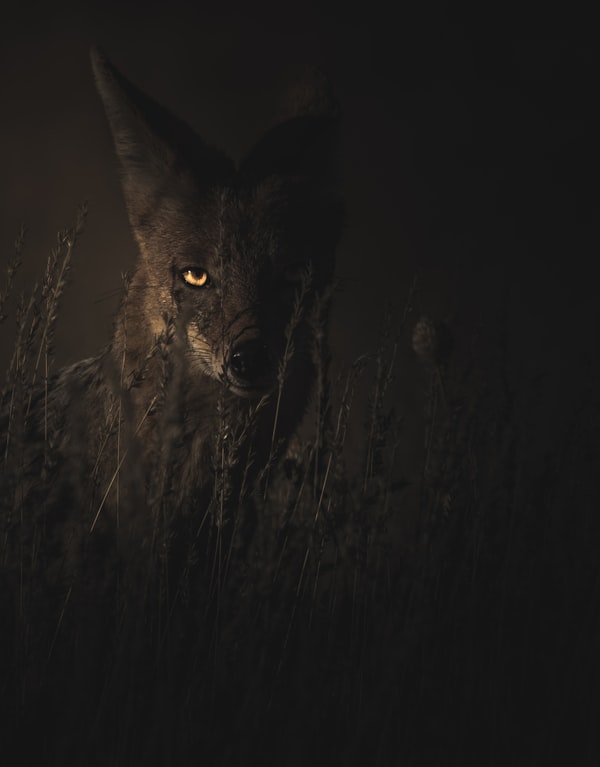Exciting News for Endangered Species: 10 Species, Including Crucial Pollinator, Under Review for Potential Listing

Exciting News for Endangered Species
The U.S. Fish and Wildlife Service has announced that they will be considering adding 10 new species to the Endangered Species Act. These species, including a crucial pollinator known as the big bumble bee, are under review for potential listing due to their vulnerable status. The decision to review their status triggers further examination of their populations.
Prominent Species under Consideration
One of the key species being evaluated is the Southern Plains bumble bee. This species, with its distinctive black-and-yellow coloring, can be found in open prairies, meadows, and grasslands across the mid-Atlantic and Plains states. Ranging from Texas to North Dakota, as well as the southeastern U.S., this bumble bee plays a vital role in pollination. Queens of this species can grow up to an inch, while workers reach sizes of three-quarters of an inch.
Petitions for Protection
In 2022, The Center for Biological Diversity submitted a petition to include the Southern Plains bumble bee on the Endangered Species List. They cite habitat loss, degradation, and pesticide use as major factors contributing to the decline of this species in southern Plains states, including Texas, Oklahoma, Alabama, and Mississippi.
Other Species under Review
In addition to the Southern Plains bumble bee, various other species are being assessed for potential listing. These include the betta hendra and betta rutilans, two freshwater fish found in Borneo, the Hickory Nut Gorge salamander found in western North Carolina, the pygmy rabbit inhabiting mountainous areas of the western U.S., and the Railroad Valley toad found exclusively in the wetlands of the Lockes Wildlife Management Area in Nevada's Nye County.
Habitat Loss and Endangered Species
Throughout the United States, numerous species face habitat loss as a result of human activities. The Southwest spring firefly native to Arizona is experiencing habitat loss due to changes in ground and surface water flows, livestock grazing, and mining. The white-margined penstemon, a rare perennial plant, is found exclusively in the Mojave Desert and faces the threat of habitat destruction. Lastly, the yellow-spotted woodland salamander, residing in the Appalachian plateau spanning Kentucky, Tennessee, Virginia, and West Virginia, is also under review.
Positive Steps for Conservation
While some species, such as the Eastern hellbender, will not undergo further review, the consideration of these 10 species for listing highlights the ongoing efforts to protect our vulnerable wildlife. With more than 1,300 species currently listed under the Endangered Species Act, listing offers protection and mandates the creation of population recovery plans.

